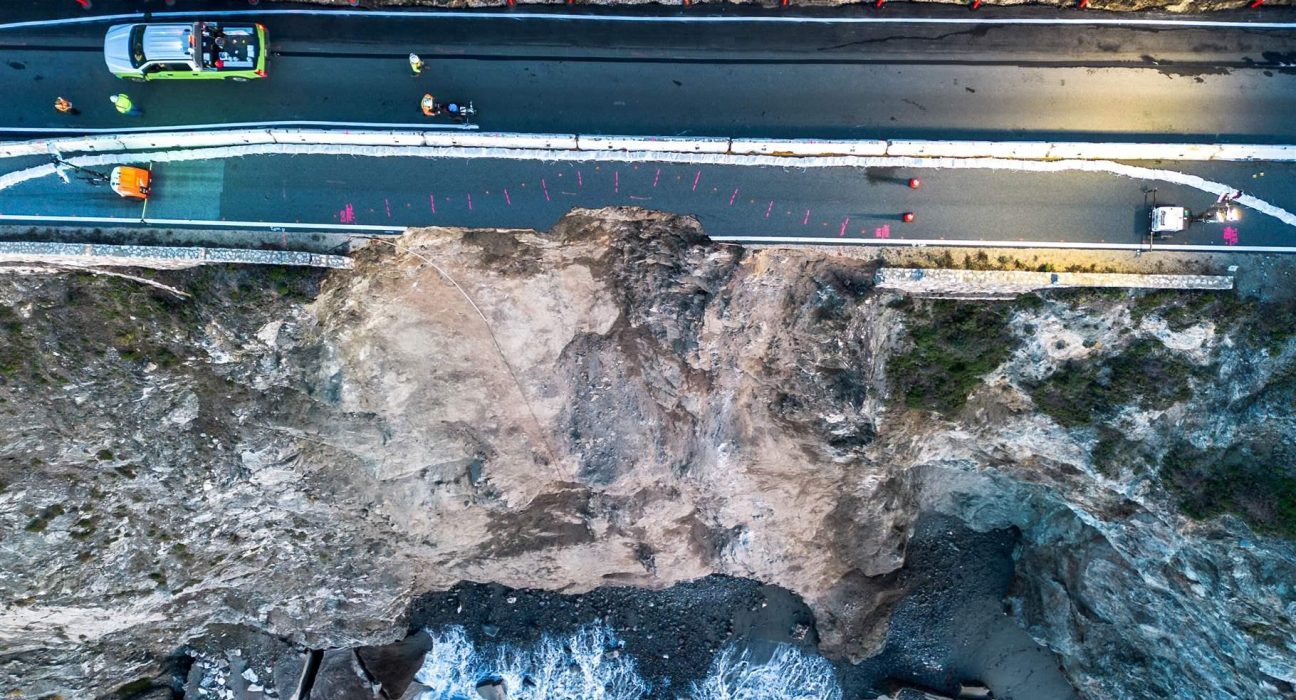As climate change accelerates, cities and towns across the globe are being pushed to rethink how they manage essential infrastructure—particularly wastewater systems. Rising sea levels, more intense storms, unpredictable precipitation patterns, and extreme heat all place unprecedented stress on already aging wastewater grids. The question is no longer whether climate change will impact wastewater systems, but how we can keep them functioning reliably in an increasingly volatile environment.
One of the most critical challenges is maintaining consistent wastewater flow across urban and rural areas, especially when traditional gravity-based systems are disrupted by flooding, drought, or uneven terrain. As stormwater surges and periods of excessive rainfall overwhelm drainage capacity, low-lying areas risk system backflow, overflows, and contamination events. These issues threaten not only the environment but public health.
This is where lift station services play an increasingly important role. Lift stations are designed to pump wastewater from lower to higher elevations, enabling flow in places where gravity alone isn’t sufficient. In the context of climate change, these stations become vital lifelines, helping prevent backups and ensuring wastewater continues to move efficiently—even when nature throws curveballs.
But it’s not just about installing more lift stations; it’s about making them smarter, more resilient, and better maintained. As electrical grids become more vulnerable to outages during heatwaves or storms, lift stations need reliable backup power systems. Renewable energy sources and battery backups can help ensure operations don’t stop when the grid does.
Additionally, modern lift station services now include remote monitoring and automation. Sensors can track flow rates, detect blockages, and alert operators to performance issues in real-time. This proactive approach is essential when access may be limited due to weather conditions or emergency events.
Maintenance also plays a key role in keeping wastewater systems climate-ready. As temperatures fluctuate and weather patterns shift, aging pipes and outdated equipment become more prone to failure. Regular inspection, cleaning, and upgrading of lift stations and connected infrastructure help prevent catastrophic breakdowns when systems are pushed to their limits.
Infrastructure design must also evolve. Instead of viewing wastewater as a single flow, cities are increasingly adopting decentralized systems and green infrastructure. Permeable pavements, rain gardens, and retention basins help reduce the burden on wastewater systems by managing stormwater naturally at the source. Lift stations then become part of a more adaptive network, capable of responding dynamically to shifting conditions.
In the end, keeping wastewater flowing in a grid stretched by climate change requires a combination of technology, investment, and foresight. Lift station services, when integrated into a broader climate-resilient infrastructure plan, help ensure that even in the face of severe disruption, one of the most critical public services continues to protect our communities and the environment.
As climate challenges grow, so too must our commitment to building systems that adapt, endure, and flow—no matter what comes next.
For more visit Pure Magazine

